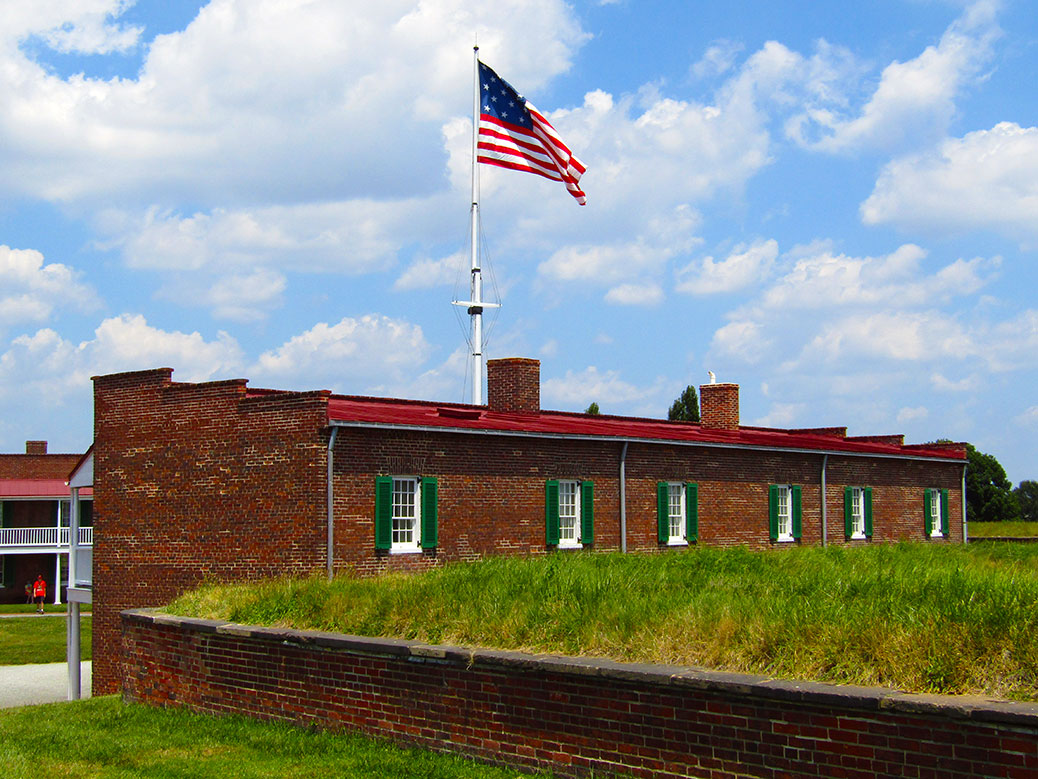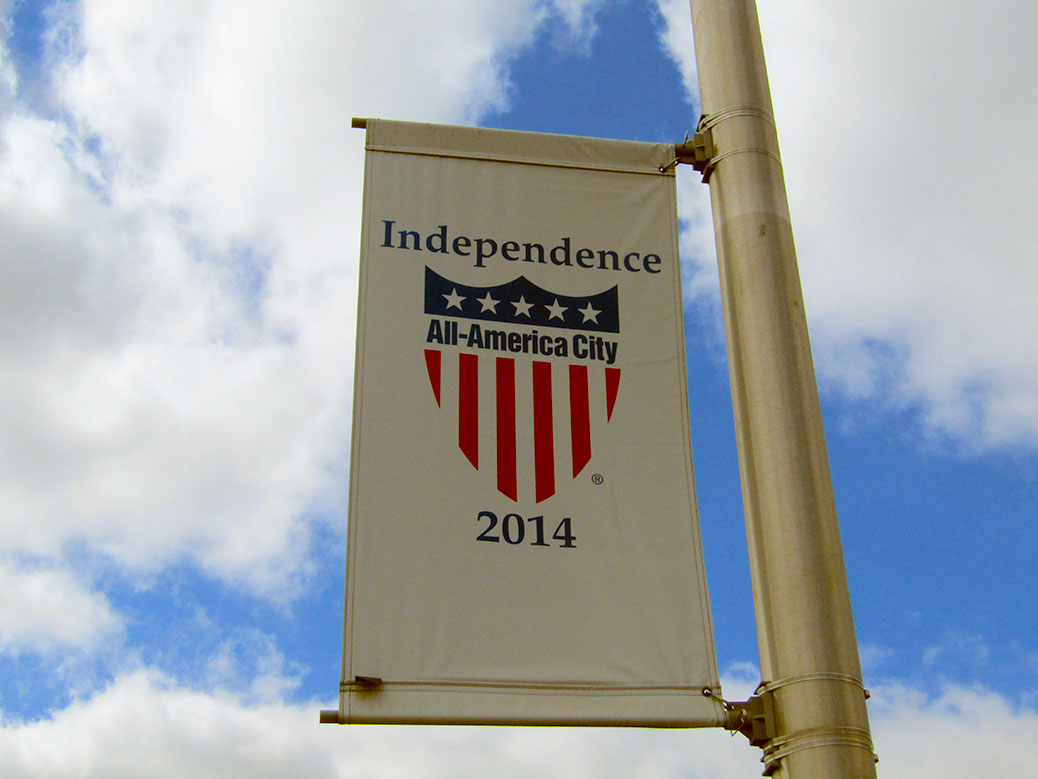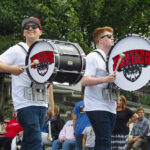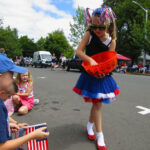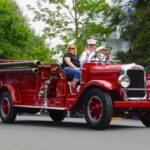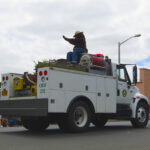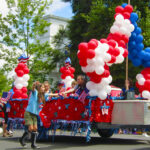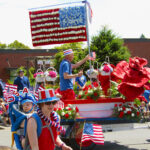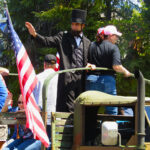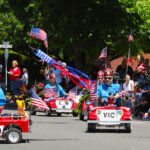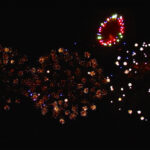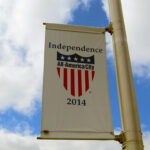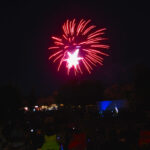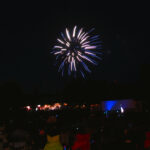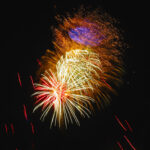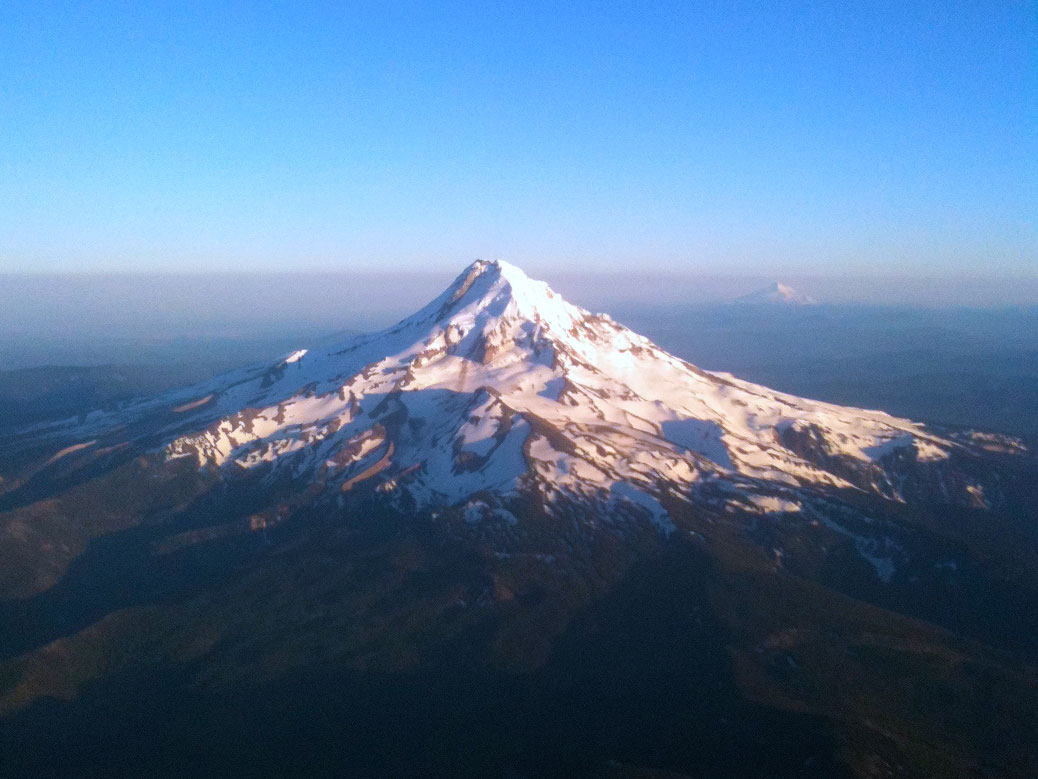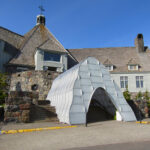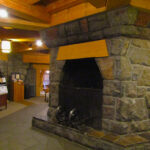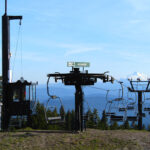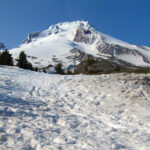Growing up in the Pacific Northwest, American colonial history is an afterthought. Our history is mostly natural or belonging to the region’s Native American tribes. But on the east coast, the birth of our country is on full display in every city and neighborhood. The backdrops of key moments in our nation’s history are now national parks, museums and monuments.
Situated on Baltimore’s Locust Point jutting into the Patapsco River, Fort McHenry is one of those places. The star-shaped fort played a major role in the War of 1812, but it is best known as the inspiration for “The Star-Spangled Banner.”
Over two days in September 1813, soldiers held off the mighty British naval fleet in the Battle of Baltimore. The standoff would become a turning point in the war for the American forces.

A young lawyer named Francis Scott Key witnessed the battle from the sea. Key was sent by President James Madison to negotiate the release of several prisoners, including Maryland physician William Beanes. Beanes was eventually released in part due to his willingness to care for both American and British soldiers during the war. The mission helped set a precedent for the rights of humanitarian workers in war zones.

On the morning of September 14, 1813, the results of the battle were still unknown. In the “dawn’s early light,” Key watched as the giant garrison flag—now on display at the National Museum of American History in Washington D.C.—was raised from the heart of Fort McHenry, indicating the fort had survived the battle. Inspired, he jotted the first draft of what would become The Star-Spangled Banner.
Did you know? The Star-Spangled Banner is sung to the tune of “To Anacreon in Heaven,” the official song of an 18th-century London gentleman’s club who gathered weekly for concerts, dinner and a lot of drinking.

Today, the story of America’s national anthem is the main draw for visitors to the fort. The visitor’s center welcomes you with a small museum featuring artifacts from the war and displays about the evolution of the anthem in popular culture. A short movie offers a great crash course about the War of 1812 and how Key’s came to pen the anthem. At the end of the presentation, the screen recedes into the ceiling, revealing a window looking out to the fort and the massive garrison flag waving proudly while the Star-Spangled Banner plays.

After the movie, we stepped into the oppressive summer heat for a Flag Talk. A young park ranger explained the story of the 30-feet by 42-feet flag as the gathered crowd unraveled a full-size replica. Holding the flag in your hands and seeing how many people it takes to keep it aloft is awe-inspiring. It’s a physical reminder of a time when Americans worked together for the survival of our country.

We wandered through the fort itself and watched as history came alive. Most of the buildings are open, including old bomb shelters, barracks and the armory. The claustrophobic feeling of life in the barracks is palpable. The armory building has a slight lean from British bombs. You can look out over the river and see the ghosts of the Royal Navy filling the horizon.
Fort McHenry is a physical reminder of another time. A time when Americans banded together for the common good. It’s a lesson regularly forgotten and relearned in times of tragedy. In these divisive times, it’s a good lesson to keep in mind…
What does the Star-Spangled Banner mean to you? How do you feel when you walk through historic sites like Fort McHenry? Head to the comments section below to take part in the conversation!
If You Go…
Fort McHenry National Monument and Historic Shrine
2400 East Fort Avenue, Baltimore. Follow the Fort McHenry signs on the freeway as many GPS directions are incorrect. Admission to the fort is $10 for adults age 16 and older and is valid for seven days. The visitor center, museum and informational movie appear to be free.

